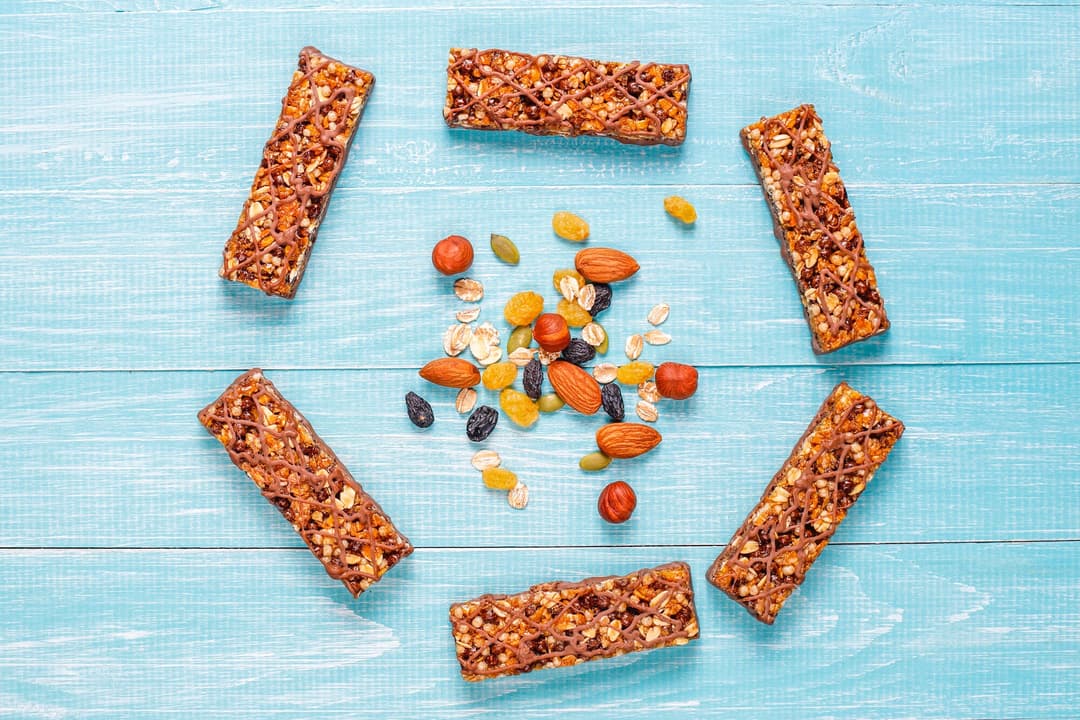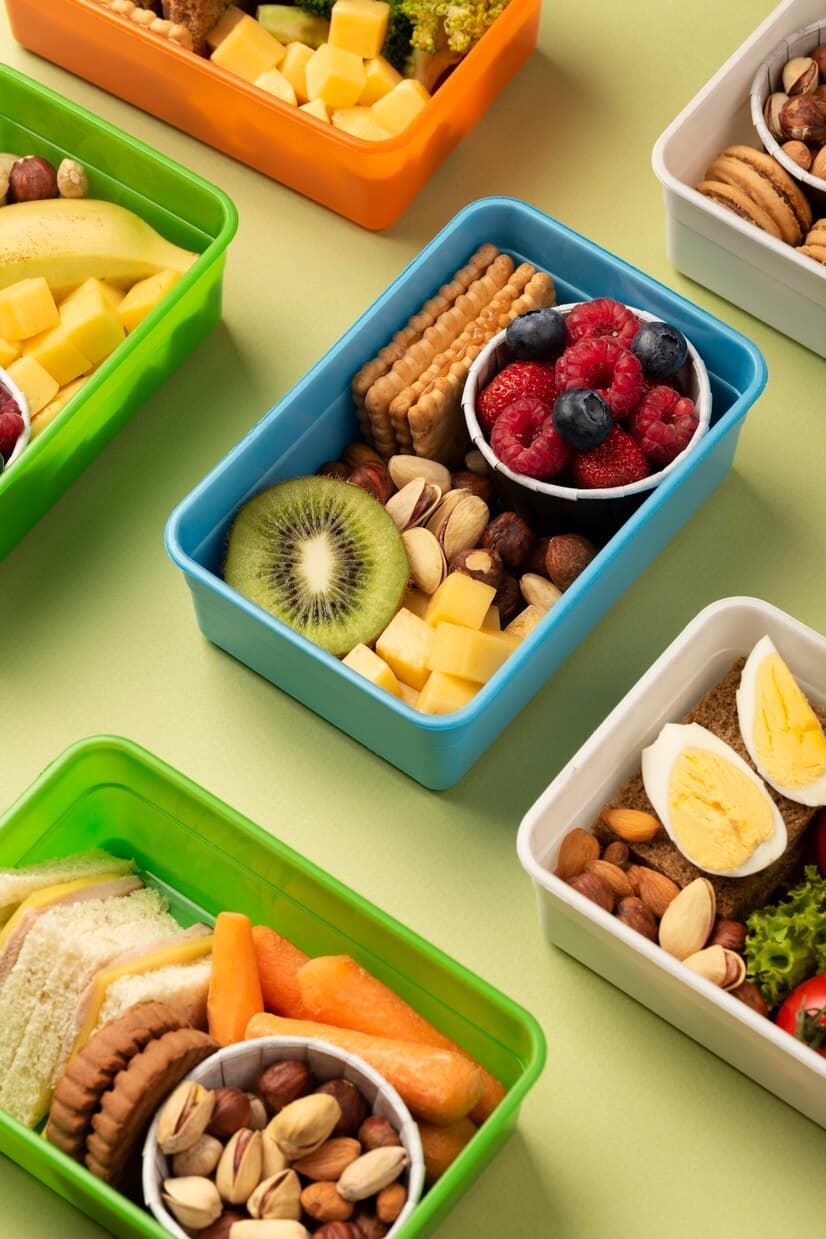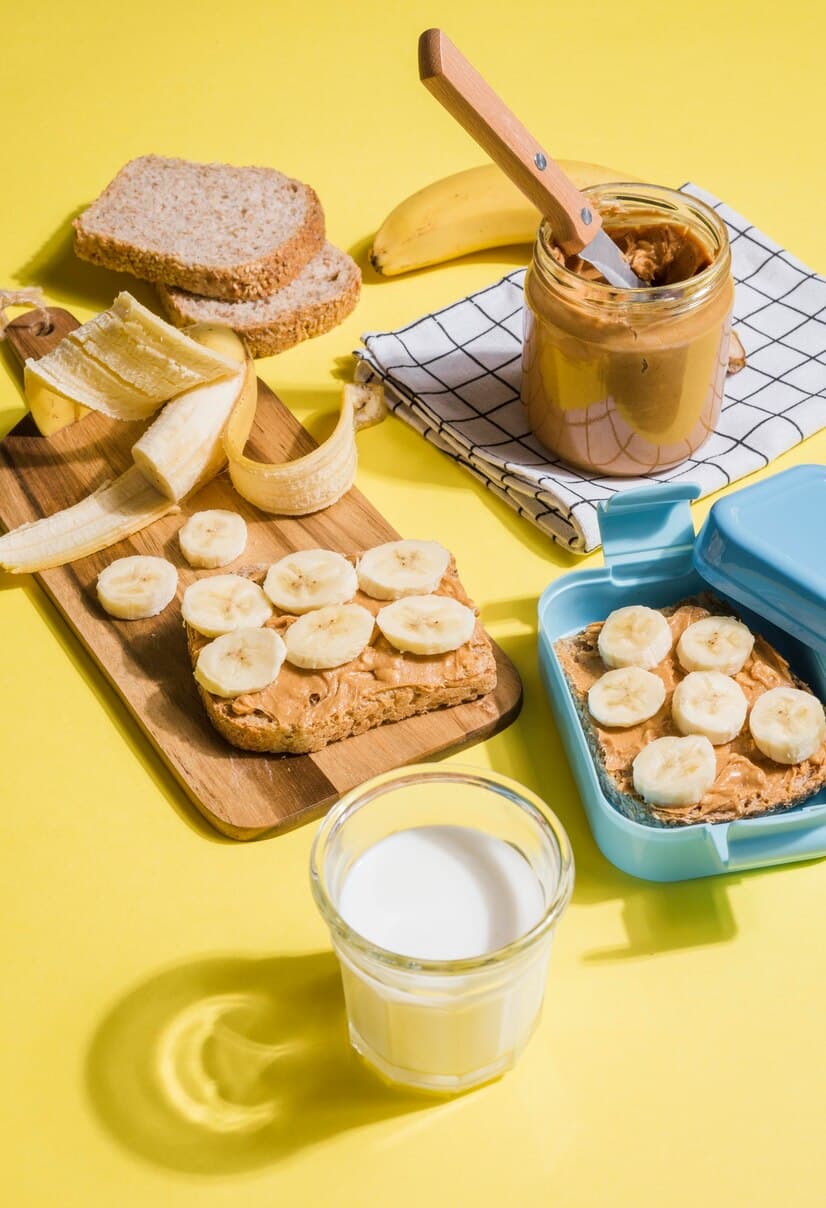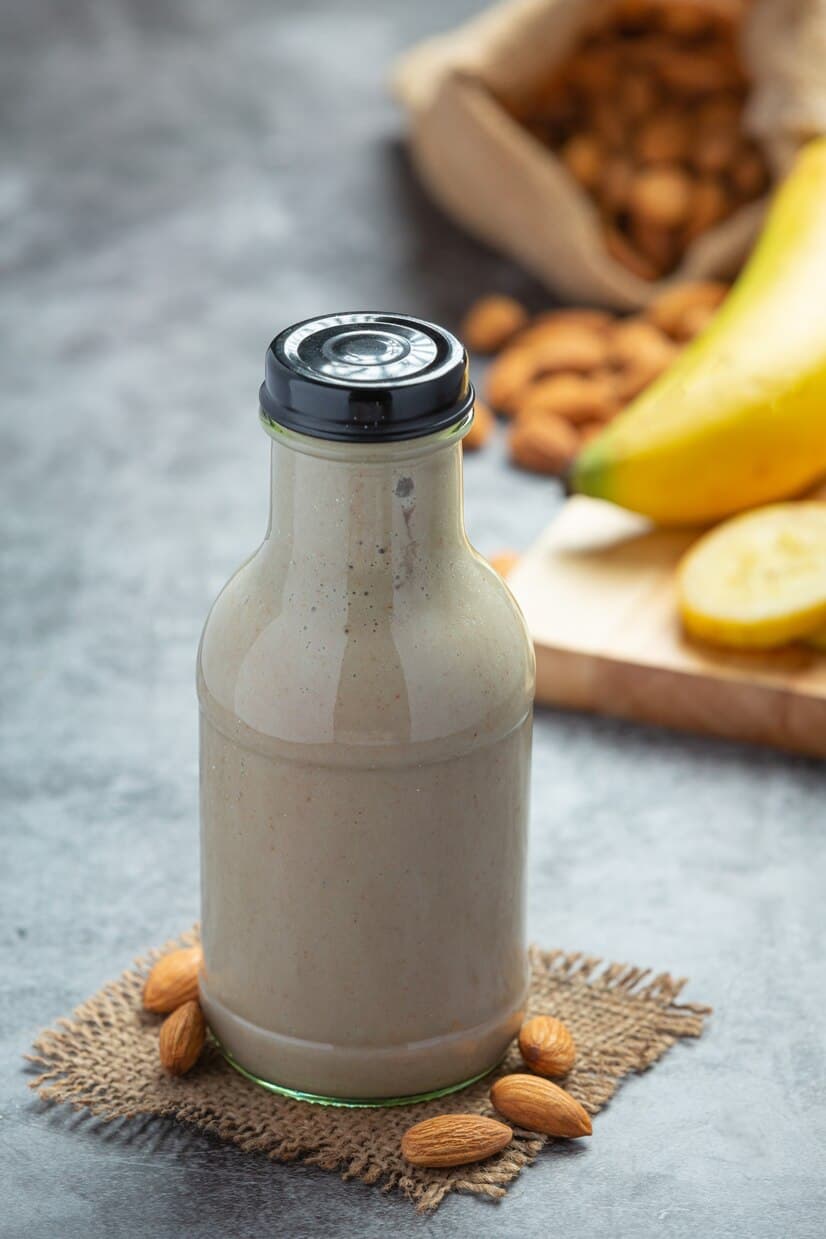Not Just for Gym Bags: The Evolution of Protein Snacks
Protein snacks were once reserved for fitness enthusiasts and bodybuilders. Now they're appearing in lunchboxes, office drawers, and even vending machines. It's come out of the niche. All ages are grabbing protein-rich snacks not only for building muscle, but to power long days, aid weight management, and stay fuller for longer.

200+ buyers trust Torg for sourcing


Mainstream Adoption: How Protein Became a Daily Habit
The transition occurred over time. As more individuals started caring about what they consume, protein emerged as one of the central nutrients on everyone's list. It's no longer simply a matter of working out. Consumers are looking for snacks that will sustain them throughout meetings, school drop-offs, or travel days. High-protein foods suppress cravings and satisfy individuals between meals, so they become a staple rather than a specialty food.
The pandemic also contributed to this. Healthy eating boomed during lockdowns, and that momentum hasn't fizzled out. From office-goers to health-conscious teenagers, protein snacks suppliers offerings are now a daily affair.
Clean Labels, Plant-Based Protein, and Allergen-Friendly Formats
Shoppers today are not simply seeking protein—now they also want to know where it originated. Clean labels are important. That is code for no artificial sweeteners, no mystery ingredients, and transparent sourcing.
Plant protein is taking center stage. Brands are turning to ingredients such as peas, lentils, chickpeas, and even watermelon seeds. All these have vegans, vegetarians, and flexitarians on their side. Snacks that are allergen-friendly are also taking traction, with increasingly more products available for gluten-free, dairy-free, and nut-free consumers.
The trend has caught retailers' attention. Shelves now have protein bars, bites, cookies, and even protein-spiked chips lining them. The category has gone beyond powder tubs and shakes.

What Retailers Are Stocking (And Why)
Convenience is very important. That's why retailers are stocking up on ready-to-eat protein sources that don't need to be refrigerated or prepared. Protein bars continue to reign supreme, but they've evolved. Cleaner formulas, improved taste, and more inclusive ingredients have moved them into new spaces, from sports nutrition to general snacks. See more protein bars suppliers here.
Protein chips and cookies are tapping into comfort food desires with a healthful spin. They taste rich but have advantages. And then there are protein bites and protein balls suppliers which offer ideal to-go snacks for hectic mornings or afternoon crashes. Portability and convenience are what make these forms so attractive.
Small But Mighty: The Rise of Protein-Packed Mini Snacks
Bite-size snacks are big right now. Protein minis are appearing on airport kiosks, service stations, and convenience stores. They appeal to travelers, commuters, and snackers who are looking for nutrients on the run without over-indulging portion sizes.
Mini snacks are no longer just about protein. Most now pair other functional ingredients such as fiber, vitamins, and probiotics to provide additional health benefits. This multitasking strategy appeals to today's consumers who desire more bang for their buck and their bite.

The Evolution of Children's Protein Snacks and School-Viable Alternatives
Parents are seeking protein snacks that are suitable for lunchboxes and after-school thirst. The outcome? A whole sub-category of child-oriented protein snacks. These tend to have fun shapes, more palatable textures, and reduced sugar levels.
What sells them is that they don't taste too "healthy" or clinical. The branding is approachable, the flavorings are comforting, and the packaging meets school guidelines. Peanut-free protein cookies or strawberry-flavored pieces with camouflaged veggies come to mind.
Branding That Speaks to Health Without Feeling Clinical
The days of sterile packaging and bruiser muscle-bound branding are behind us. The successful protein snack brands of today utilize bright color, chatty taglines, and narrative that makes their product relatable.
Rather than simply grams of protein, brands are emphasizing natural ingredients, flavor, and how the snack integrates into everyday life. Whether it's a mom with meetings to attend or a college student studying for exams, the message is plain: this snack is part of your lifestyle, not only your exercise routine.

Beyond the Bar: Exploring New Formats in Protein Snacks
Innovation is driving the next phase of protein snacking. We’re seeing:
- Protein muffins and breakfast cakes for on-the-go mornings
- Jerky in new protein sources like mushroom or jackfruit
- Crunchy clusters made from chickpeas or seeds
- Shakes and smoothies with adaptogens or added greens (Check out more protein shakes suppliers here.)
The scope is broader than ever. And though bars remain the foundation, consumers are hungry for something new that has a place in other times of the day.
Consumer Appetite for Novelty with Functionality
Consumers no longer want to sacrifice taste or health. They want both. That's why new formats of protein snacks are winning because they add something new to the market but still provide genuine benefits.
Whether it's a post-lunch dessert or a mid-morning energy boost, protein snacks are filling voids and broadening the meaning of eating well.
Request a Bulk Order Quote
Simple ordering, transparent pricing, delivered straight to your door

